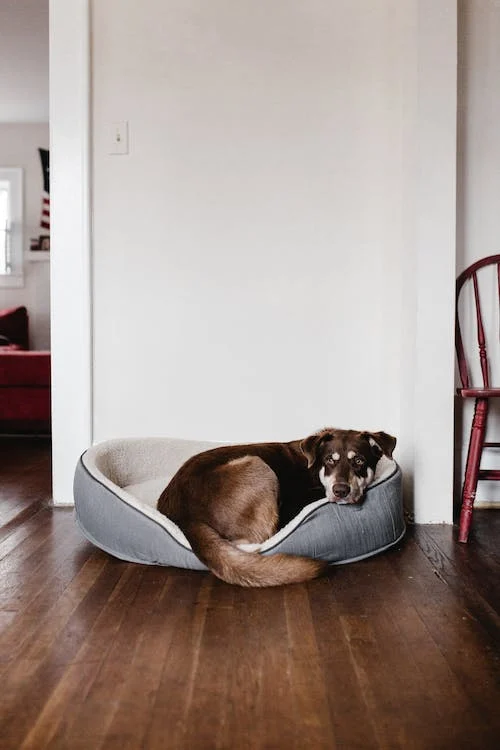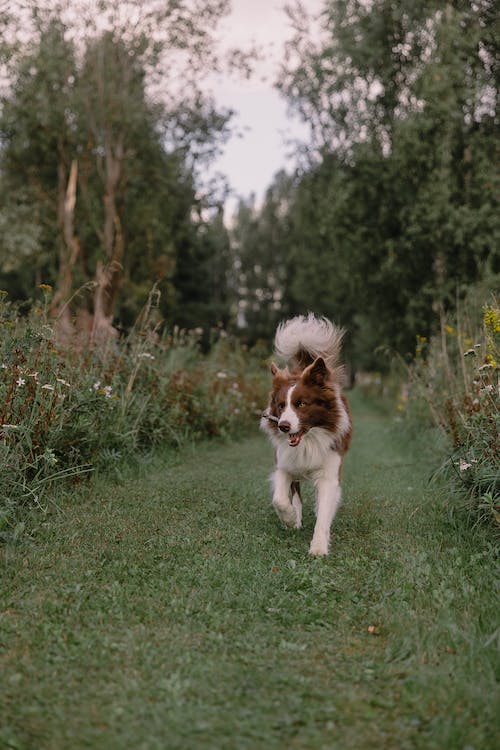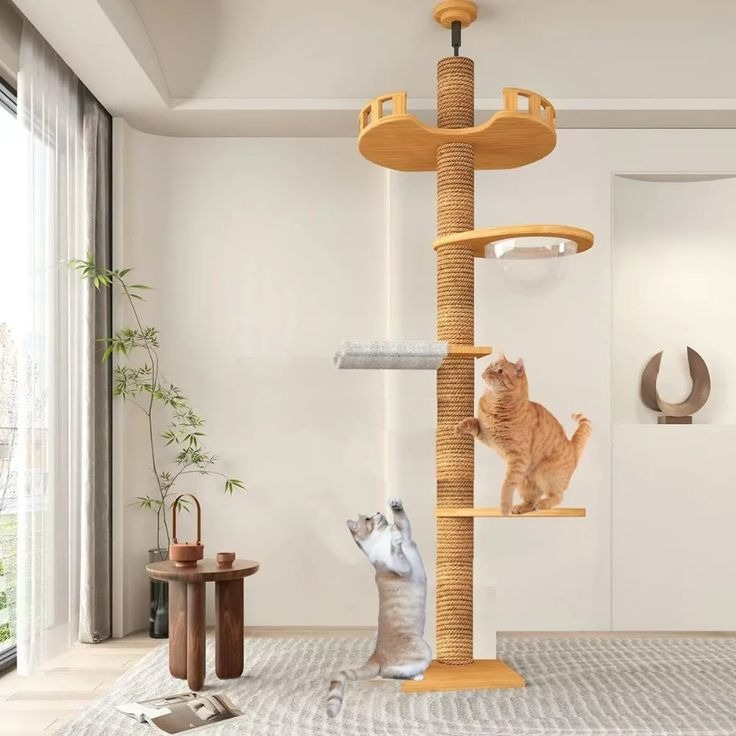Defining Skittishness
Skittish dogs startle easily, are sensitive to noises, and may panic in new situations. Timid body language like lowered heads, tucked tails, and averted gazes signals their unease. While some breeds are naturally more apprehensive, dogs often become skittish from inadequate socialization, neglect, or trauma. The good news is skittish behaviors can improve with time, patience, and proper training techniques.
Remaining Calm
Dogs keenly perceive human emotions. Anxious owners unintentionally reinforce anxious behaviors in dogs. Consciously model tranquility through relaxed posture, steady movements, and a serene tone of voice when interacting with the skittish dog. Remain calm and patient even during their fearful reactions. Your energy profoundly influences them.
Positive Associations
Use high value food rewards and happy praise to countercondition the skittish dog to enjoy new people, environments, and experiences. Let them adjust at their own pace, withdrawing if they become distressed. With time, positive associations overcome the initial unease, building confidence through accomplishment. Frequent tiny victories work wonders.

Soothing Touch
Gentle rhythmic strokes along the dog’s back and gentle massages release oxytocin and endorphins that physiologically calm the dog. Always respect the dog’s preferences, stopping if touch seems to escalate anxiety. Touch therapy may progress gradually as trust strengthens over time.
Predictable Schedule
Skittish dogs thrive on consistency and predictability. Establish set daily routines for walks, meals, playtime, training sessions and affection. Minimize disruptive events and schedule necessary changes gradually. The reliability of a steady routine keeps apprehensive dogs grounded.
Coping Skills
Teach alternative behaviors to substitute for fearful reactions like barking, hiding, or bolting. Simple cues like “sit”, “focus,” or “come” redirect their stress into measurable actions they can accomplish successfully. Continued coping skill development builds confidence. Anxiety diminishes as dogs gain control.
Creating a Safe Space
Designate an area as your dog’s sanctuary for when the world seems too overwhelming. Options include a crate with blankets, a corner gated off, or space under furniture. The secure den-like area serves as a retreat for your dog to settle themselves down and regain confidence. Respect their need to withdraw when stressed.
Adapting the Environment
Accommodate your skittish dog by:
- Providing advance notice for changes in routine
- Muting loud noises like vacuum cleaners or thunderstorms
- Allowing them to move at their own pace in new places
- Granting access to only one room at a time
- Using calming scents like lavender and pheromones
- Providing “busy box” toys when alone
Customizing their environment prevents sensory overload.
Ongoing Socialization
Socialization is a lifelong process. Gradually increase positive exposures to novelty at a pace your dog can handle successfully. Two steps forward, one step back may be necessary at times. Vary locations and use food rewards and play to override caution. Social maturity progresses through countless small, successful encounters.
Professional Help If Needed
For severe chronic cases of skittishness or anxiety, seek help from a certified professional dog trainer or veterinary behaviorist. They can assess triggers and design customized counterconditioning protocols. In rare instances, anxiety medication may be warranted in addition to training. With knowledge and patience, even the most fearful dog can gain self-assurance.
Conclusion
With understanding and concerted effort, the most reticent dogs gain courage, trading fear for trust. Reflect on triggers and progress thoughtfully. In time, the once skittish dog relaxes into their true affectionate nature, confident in their increasing mastery of the world.


